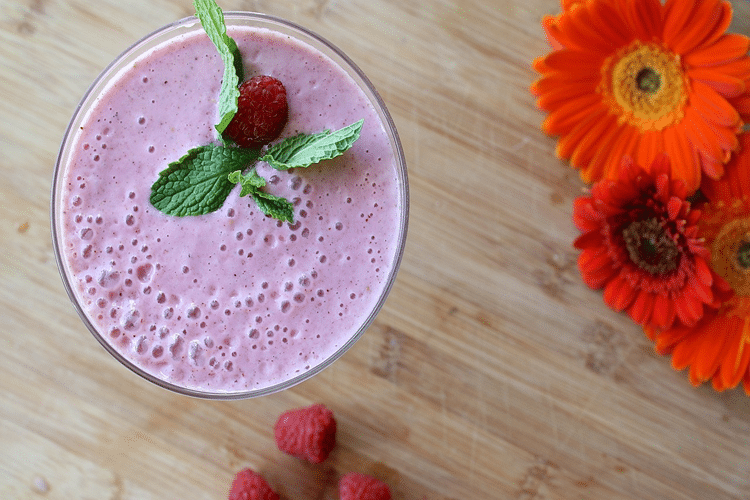
Cannabinoids: The Natural Medicine Behind Medical Cannabis
A treasure trove of anecdotal evidence exists behind medical cannabis’ efficacy as a natural remedy. What inside cannabis causes these reported medical effects? Enter cannabinoids. Continue reading to learn how these chemical compounds work to provide cannabis effects.
For those just beginning to look at medical cannabis, many know a few distinctions, like an Indica vs. Sativa plant, but even few cannabis experts know every compound that makes up the plant. There are 66 different known cannabinoids.
These chemicals are found in the cannabis plant, and a great deal has medical properties. Learning the basics of cannabinoids can help you better understand cannabis’ extensive range of efficacy across treatment and remedy options for patients. Cannabis naturally acts upon something everyone has inside their body, the endocannabinoid system.
Table of Contents
Discover Cannabinoids, the natural medicine behind medical cannabis
Your Endocannabinoid System
The endocannabinoid system has been found to regulate mood, appetite, pre and postnatal development, and many more cognitive functions.
Why does cannabis have such distinct medical effects? It’s all thanks to your body’s endocannabinoid system (ECS). Your body has a system of receptors that, when bound to, produce medical effects. Cannabinoids from cannabis can bind to the system’s receptors, the culprit behind cannabis’ power as a medicine.
Usually, endogenous or body-made cannabinoids bind with these receptors to produce natural regulatory effects concerning pain, appetite, and memory. When cannabinoids are present, the ECS creates similar bodily effects. When you consume cannabis, cannabinoids bind your body’s ECS receptors, CB1, and CB2, in your brain. Whether you get more cannabinoids binding to your CB1 or CB2 receptors depends on the strain of cannabis, which we will discuss in more detail. The critical takeaway is that strains can be cultivated to maximize specific cannabinoid effects, thus creating more efficacious, personalized medicine.
Strains high in THC target CB1 receptors, producing mindful effects like improved concentration, euphoria, and creativity.
The THC Class
While THC, or tetrahydrocannabinol, is the most popular and well-known cannabinoid, many different types of THC are present in medical cannabis. There is THCa, which becomes THC when combusted, and THCv. Both bind to CB1 receptors, most commonly found in the brain. THC, the end product of THCa, produces the psychoactive effects associated with cannabis. When you picture the euphoria and elevated mood of medical cannabis, you should give credit to the THC class of cannabinoids. These natural chemicals give users the mindfulness they need to start their day, work on projects, and even fight pain and cancer. One of the everyday situations where cannabis is taken as a pain reliever is the post-surgery period or, as we have mentioned, cancer pain. In the United States, though, not all states have the same laws regarding marijuana use. Missouri, for example, requires patients to meet qualifying conditions to be issued a MO medical marijuanas card.
Check out a more in-depth detail of each THC cannabinoid below.

It has pain relief and cancer killing properties
THCa
THCa is why medical cannabis must be dried and cured following cultivation. When cannabis flowers are freshest in the pre-cure process, they possess a slick and sticky texture coated in THCa. If one were to combust this live cannabis, they wouldn’t receive many benefits. As the plant is cured, the THCa slowly turns into THC, and when combusted or vaporized, it will provide users with THC’s benefits. THC has anti-inflammatory properties, provides pain relief, can curb nausea, and inhibit cancer growth. Most medical cannabis strains have high levels of THCa. For instance, many current dispensary strains provide an average of more than 24% THCa.

A THCv molecule, the second most abundant in the THC class
THCv
It is very similar to THC it’s only molecular difference is a 3-carbon side chain, depicted above. THCv will cause euphoric sensations, much like THCa, often described as more intense. This causes stimulation of energy that can help those who need invigorating effects to take on the day while also providing some relief for depression. The most significant difference between THCa and THCv is their properties when it comes to appetite. THCv has been found to produce an appetite suppressant effect. While a common adage tells you cannabis may give users “munchies” or improved appetites, THCv is thought to be why most cannabis users are skinnier on average. High levels of THCv tend to be found in strains of African descent.

It provide cannabis’ many medical benefits without psychoactive effects
The CBD Class
Of any cannabinoid, Cannabidiol, or CBD, may be the most abundant in cannabis flower, making up almost half of the combusted cannabis resin. CBD and similar cannabinoids house much of cannabis’ medical properties. It has been known to fight anxiety, lower inflammation, relieve pain and nausea, and fight seizures in people who suffer from epilepsy. CBD has become an almost billion-dollar industry because cannabinoids, like it, provide medical benefits without a psychoactive therapeutic effect or high. One of the first ever primarily CBD strains, Charlotte’s Web, was created for a little girl suffering from epilepsy. Learn more about the CBD class below.

It is known to specifically help child patients who want to avoid cannabis’ psychoactive effects
CBDa
CBDa becomes CBD when combusted, vaporized, or consumed in an infusion. CBD is lauded for its stability. When you ingest CBD, you don’t feel any chemical effects akin to a “high” or what we call euphoria from THC. But you still get the benefits. These benefits include relief from epilepsy, pain management, and anti-inflammatory properties. This makes CBD-rich strains a go-to for child patients, as well as patients who seek medication during the workday. In addition, it can be used in many different forms, even in topical, salve forms.

It acts as a muscle relaxer and sleep aid
CBGa
CBGa becomes the cannabinoid CBG when combusted, vaporized, or consumed in an infusion. This compound has been found to contribute to cannabis’ efficacy in treating glaucoma and inhibiting tumor growth. We know most about CBG because it helps our muscles relax and can lower inflammation. These paired actions make CBG an effective sleep aid, and strains with higher amounts of CBGa tend to be less head heavy and more relaxing.
I hope you now have a better idea of the medicine behind the hubbub of medical cannabis as a natural remedy. Taking the time to compare and contrast cannabinoid levels may help you find the right strain or remedy for you and your medical cannabis experience.








